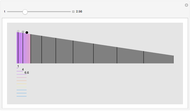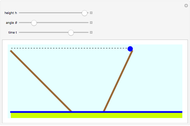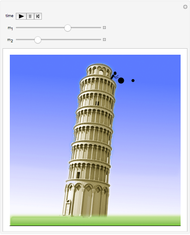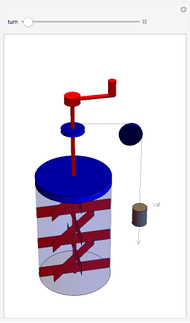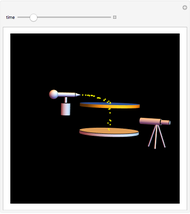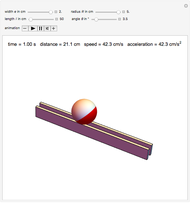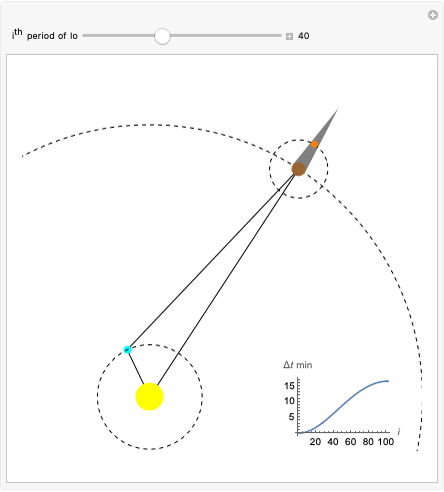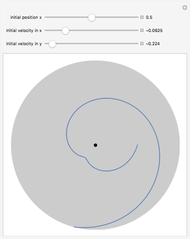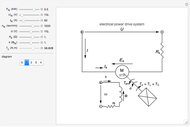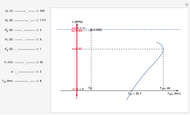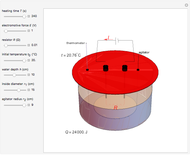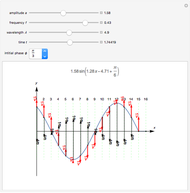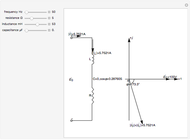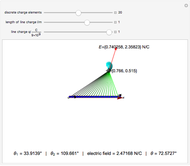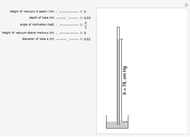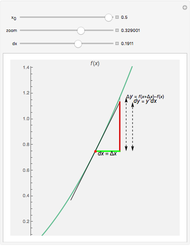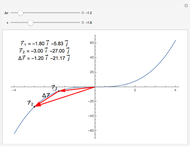Torricelli's Experiment

Requires a Wolfram Notebook System
Interact on desktop, mobile and cloud with the free Wolfram Player or other Wolfram Language products.
Atmospheric pressure can be measured with this experiment, first performed in 1643 by Torricelli, a pupil of Galileo. Take a glass tube about  long with internal diameter
long with internal diameter  . Seal one end and fill the tube with mercury. Plug the other end and invert the tube, placing the open end in a basin of mercury. Upon removing the plug, no matter the internal diameter, depth, angle of inclination of the tube, or the height of mercury in the basin, the mercury will sink, oscillate, and finally come to rest at a height of about 30 inches (760 mm) above the level of the mercury in the basin. The space in the tube above the column should be a vacuum. This apparatus, when properly calibrated, can be used as a barometer.
. Seal one end and fill the tube with mercury. Plug the other end and invert the tube, placing the open end in a basin of mercury. Upon removing the plug, no matter the internal diameter, depth, angle of inclination of the tube, or the height of mercury in the basin, the mercury will sink, oscillate, and finally come to rest at a height of about 30 inches (760 mm) above the level of the mercury in the basin. The space in the tube above the column should be a vacuum. This apparatus, when properly calibrated, can be used as a barometer.
Contributed by: Anping Zeng (March 2011)
(Sichuan Chemical Technical College)
Open content licensed under CC BY-NC-SA
Snapshots
Details
Reference
Factopia, "Torricelli's Experiment." http://www.factopia.com/t/torricelli_s_ex _philosophy.html.
Permanent Citation







